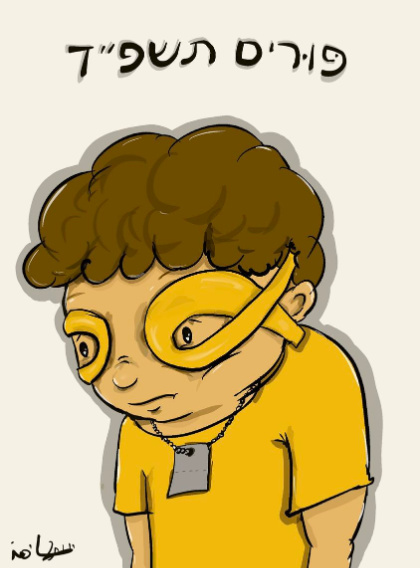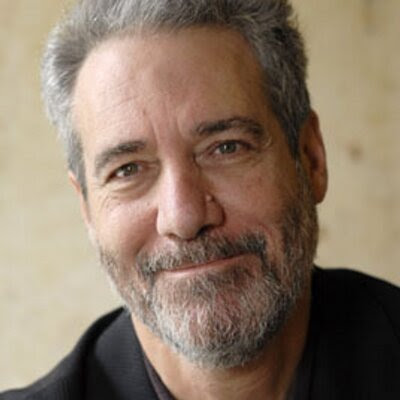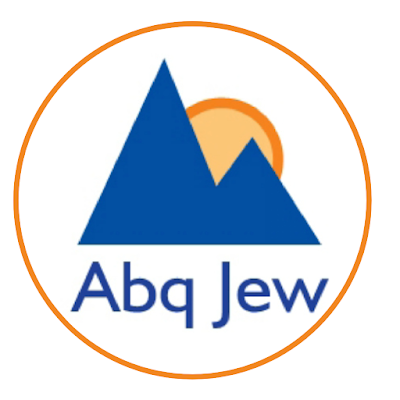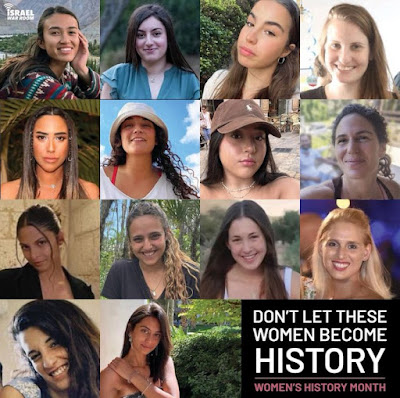How, Abq Jew hears you ask, can this be? Are not the holidays of Passover and Easter semi-historically* interrelated?
* While everyone else seems to believe that the Last Supper was the Passover Seder, Hyam Maccoby (in Abq Jew's view correctly) places it during Sukkot, the Festival of Tabernacles. To learn more, see Maccoby's book Revolution in Judaea.To which Abq Jew must (truly, he must) reply, as he did in March 2016 (see Easter on Purim):
How complicated? Abq Jew hears you ask.
To which Abq Jew must (truly, he must) reply:
For a "brief" introduction to just how complicated, Abq Jew asks that you review Nineteen and Twenty-Eight, his blog post of April 11, 2013.
Ready to continue? Here are a few important dates to keep in mind.
maybe, correctly, updated these dates for 2024.
- March 10: New Moon (Gregorian Calendar)
- March 10/11. Rosh Hodesh Adar 2 (Hebrew Calendar)
- March 19 @ 9:06 pm: March Equinox in Albuquerque
- March 23/24: Purim (Hebrew Calendar)
- March 24/25: Shushan Purim (Hebrew Calendar)
- March 24: Palm Sunday (Gregorian Calendar)
- March 25: Full Moon (Gregorian Calendar)
- March 29: Good Friday (Gregorian Calendar)
- March 31: Easter (Gregorian Calendar)
- April 8: New Moon (Gregorian Calendar)
- April 17: Blah, Blah, Blah Day (Really)
- April 22: First Seder (Hebrew Calendar)
- April 22/23: Passover Day 1 (Hebrew Calendar)
- April 23: Full Moon (Gregorian Calendar)
- May 5: Easter (Eastern Orthodox Calendar)
In the fourth century, Hillel II established a fixed calendar based on mathematical and astronomical calculations. This calendar, still in use, standardized the length of months and the addition of months over the course of a 19 year cycle, so that the lunar calendar realigns with the solar years. Adar I is added in the 3rd, 6th, 8th, 11th, 14th, 17th and 19th years of the cycle.Chabad.org further explainsThe current cycle began in Jewish year 5758 (the year that began October 2, 1997).The current cycle began in Jewish year 5777 (the year that began October 3, 2016).
While the Sanhedrin presided in Jerusalem, there was no set calendar. They would evaluate every year to determine whether it should be declared a leap year.
Several factors were considered in the course of their deliberations. The primary factor, which overrode all others, was the spring equinox. If the spring equinox would fall later than the first half of Nissan (i.e., on the 16th or later), then the year was automatically declared to be a leap year.
However, it wasn’t enough for Passover to fall after the equinox, when it was “officially” spring; spring-like conditions needed to be evidenced. If in the land of Israel the barley had not yet ripened, and the trees were not yet blossoming with seasonal fruit—that, too, was sufficient reason to delay Nissan by adding a second month of Adar. Spring should be felt; it should be bright and green.
There were also several non-season-related factors which the Sanhedrin considered; for example, if the roads or bridges were in disrepair due to the winter rainy season, impeding the ability of the pilgrims to travel to Jerusalem for Passover.
In the 4th century CE, the sage Hillel II foresaw the disbandment of the Sanhedrin, and understood that we would no longer be able to follow a Sanhedrin-based calendar. So Hillel and his rabbinical court established the perpetual calendar which is followed today.
But for Christians, the question then becomes:
The simple answer is that the date for Easter has been set for all time according to the Formula of the Council of Nicaea.
In A.D. 325, the Council of Nicaea set the date of Easter as the Sunday following the paschal full moon, which is the full moon that falls on or after the vernal (spring) equinox.
In practice, that means that Easter is always the first Sunday after the first full moon that falls on or after March 21. Easter can occur as early as March 22 and as late as April 25, depending on when the paschal full moon falls.The formula was designed to place Easter at the same point in the astronomical cycle every year. And it does that quite well. But there are two key factors that are in tension:
- Historically, Easter should always fall after Passover, to preserve the New Testament's recorded sequence of events.
- Theologically, Easter replaces and is entirely separate from Passover, and Christians should not rely on the Hebrew calendar to determine the dates of their holy days.
Which brings us to
When, Abq Jew hears you ask, should Purim be celebrated?
To which Abq Jew must (truly, he must) reply:
How complicated? Abq Jew hears you ask.
To which Abq Jew must (truly, he must) reply:
For a "brief" introduction to just how complicated, Abq Jew herewith joyfully quotes the first mishna in Tractate Megilla (OK, the English translation), which, perhaps not surprisingly, deals with the holiday of Purim and its observance.
The Megilla is read sometimes on the 11th, 12th, 13th, 14th, or on the 15th of the month Adar, neither earlier nor later. Cities which, from the time of Joshua the son of Nun, were surrounded with walls, read it on the 15th.
Villages and large open towns should read it on the 14th, and inhabitants of villages may read it in advance on the day of assembly. 1 How is this to be understood? When the 14th fell on Monday, inhabitants of villages and of large open towns used to read it on that day, and those of walled cities on the day following.
When it fell on Tuesday or Wednesday, the inhabitants of villages used to read it in advance (the preceding Monday) on the day of assembly, those of large open towns on that day (the 14th), and those of walled towns on the morrow. When it fell on Thursday, inhabitants of villages and large open towns used to read it on that day, and of walled towns on the following day.
If it fell on the eve of Sabbath, inhabitants of villages read it in advance on the preceding or day of assembly, and those of large open towns and of walled towns on that day (14th). When it fell on Sabbath, inhabitants of villages and large open towns read it in advance on the preceding Thursday, the day of assembly; and of walled towns on the morrow (the Sunday).
When it fell on Sunday, in villages they read it on the preceding day of assembly (Thursday), and in large open towns on that day (14th), and in walled cities on the morrow.In the modern world, such as it is, we've got the the observance of Purim down to
- The 15th of Adar in Jerusalem.
- The 14th of Adar everyplace else.
Of course this year this means that
just days after Jews celebrate Purim.
while Jews are lighthearted, merry, and cheerful.


































